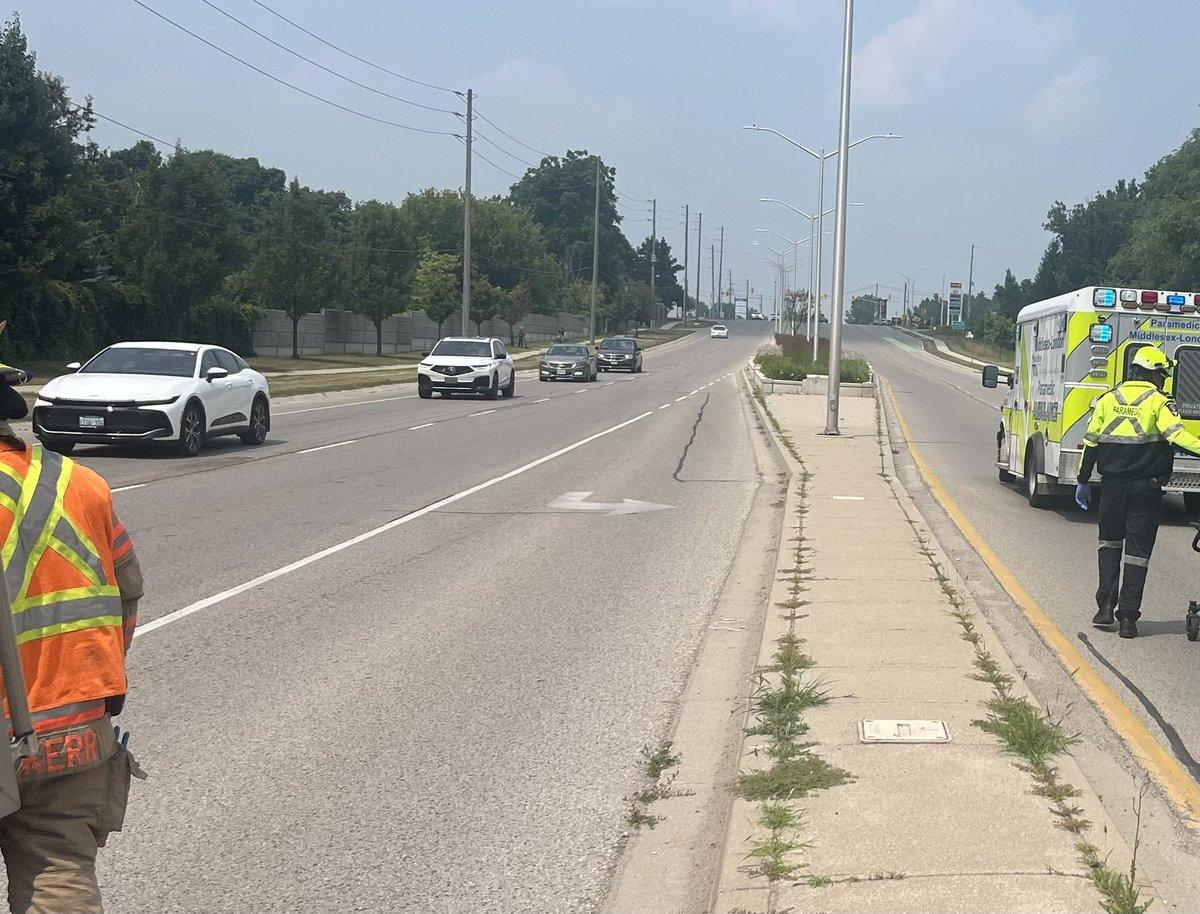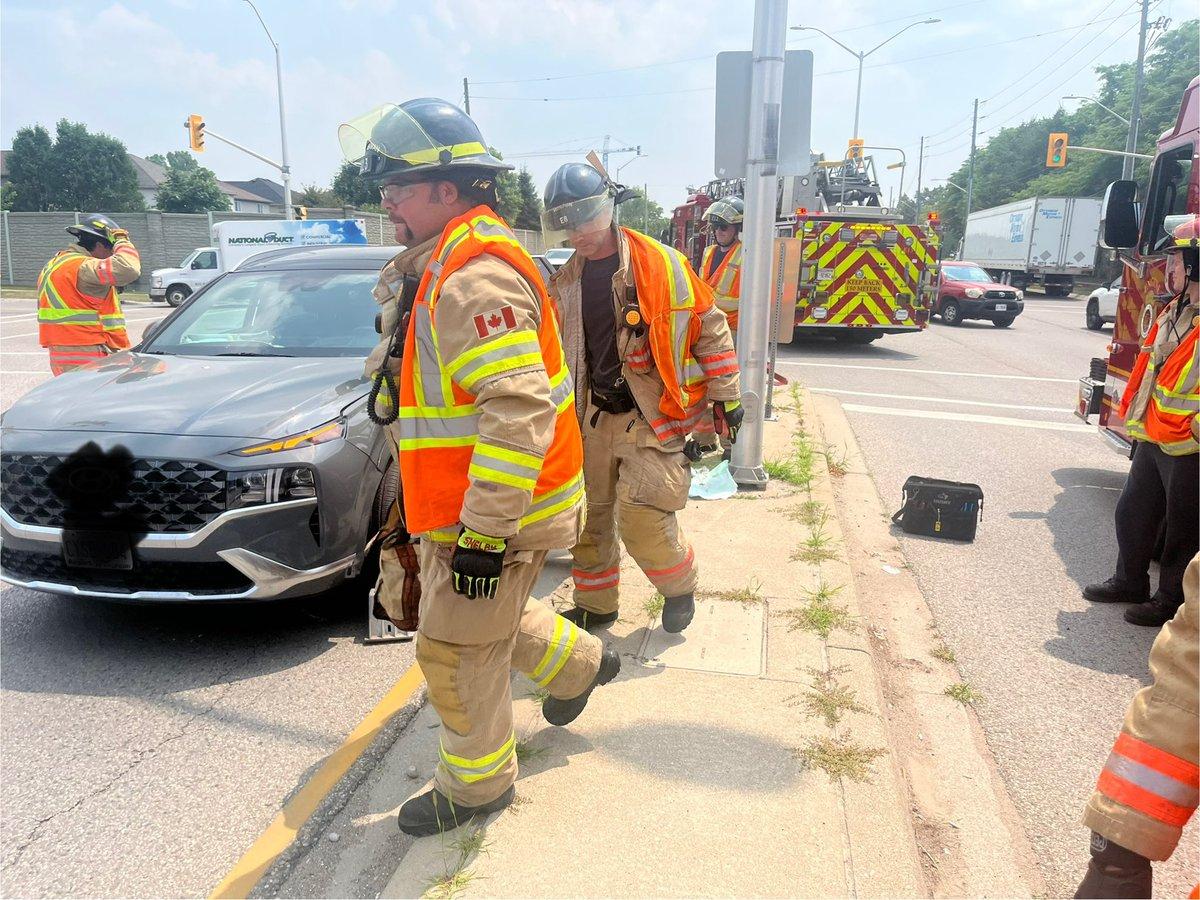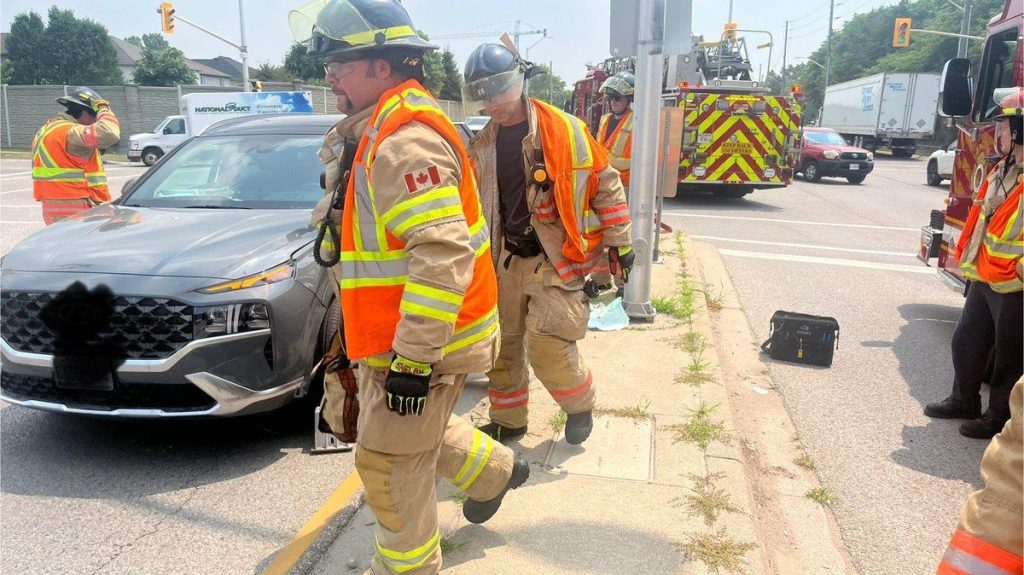The London Fire Department successfully completed an extrication operation on Sunday evening, July 14th, that required multiple emergency response units and resulted in one person being transported to hospital for treatment.

According to the fire department’s official social media update posted at approximately 6:20 PM, the incident required specialized extrication equipment to free an individual from what appears to have been a vehicle-related emergency. The department confirmed that one person was treated at the scene by emergency medical personnel before being transported to a local hospital.
The operation involved multiple fire engines responding to the location, though specific details about where the incident occurred weren’t disclosed in the public update. Fire department officials indicated that some engines had cleared the scene by the time of their evening update, suggesting the primary emergency response phase had concluded.
Vehicle extrication operations typically involve the use of specialized hydraulic tools, commonly known as the “Jaws of Life,” to safely remove individuals trapped in damaged vehicles following collisions or other emergencies. These operations require extensive training and coordination between fire department personnel, paramedics, and sometimes police officers to ensure the safety of both the victim and first responders.

The London Fire Department’s response demonstrates the coordinated emergency services available to residents when serious incidents occur. Extrication calls are considered high-priority emergencies that often require rapid deployment of multiple specialized units and personnel trained in technical rescue operations.
Emergency responders continued to work at the scene even after the successful extrication was completed, with authorities asking members of the public to continue avoiding the area and to slow down when passing first responders. This standard safety protocol helps protect emergency personnel who may still be conducting cleanup operations, traffic control, or evidence gathering.
The fire department’s public communication strategy included posting updates on social media platforms to keep residents informed about ongoing emergency operations and any potential traffic disruptions. Their use of the #ldnont hashtag helped ensure the information reached local residents who follow London-area emergency updates.
While the specific circumstances that led to the need for extrication weren’t detailed in the public update, these types of emergency responses can result from various situations including motor vehicle collisions, industrial accidents, or other incidents where individuals become trapped and require specialized rescue techniques.
The successful completion of the extrication operation reflects the ongoing training and preparedness of London’s emergency response teams. Fire department personnel regularly practice extrication techniques and maintain specialized equipment to handle these complex emergency situations that can occur throughout the city.
Sunday evening’s incident adds to the regular emergency response calls that London Fire Department personnel handle throughout the year. The department’s ability to coordinate multiple units and successfully complete technical rescue operations like extrications is a critical component of the city’s emergency services infrastructure.
The condition of the individual who was transported to hospital following the extrication wasn’t disclosed in the fire department’s public update, which is standard practice for emergency services when sharing information about ongoing incidents involving personal medical situations.
London residents were reminded to exercise caution around emergency scenes and to follow the guidance of first responders when encountering active emergency operations. The fire department’s request for people to slow down and avoid the area reflects standard safety protocols designed to protect both emergency personnel and the public during complex rescue operations.

